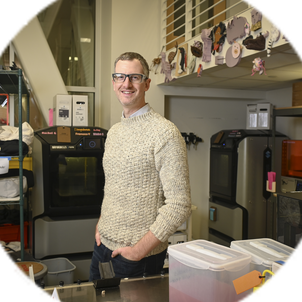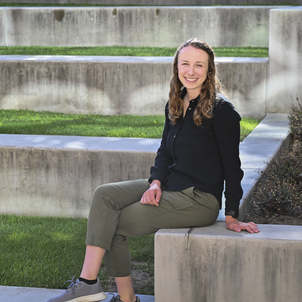If you were to look at chips under a microscope, you would notice there are millions and millions of nanostructures in them. Those are the transistors that make your computer operate. The process of making them is extremely tedious. You have to make these tiny structures absolutely perfect, but you can’t actually see them. To make any changes, you have to first alter your process and then painstakingly look at the results of the alteration under a microscope.
I started a company called SandBox that helps address these challenges by simulating the processes used to make these tiny structures. The software we’ve created, called SandBox Studio, lets engineers virtually simulate the outcome of making process changes, and then decide whether or not the changes would be worth implementing in a production setting, which saves time and money.
One of the things we’re working on is helping to design and build the production process for flexible electronics, like new displays for TVs and cell phone screens. All sorts of companies are racing to create them first, and we’re helping them figure out the best way to do it on a large scale.
That’s the cool part about chemical engineering – when you improve manufacturing, you’re helping to get a technology that has the potential to improve people’s lives out of the lab and into the world. As an engineer, you’re always thinking about other people and trying to build applications that are going to improve their quality of life, ensure their safety, and overall add value to whatever they’re doing.
Related spotlights

Dan Somen

Sonia Martin


